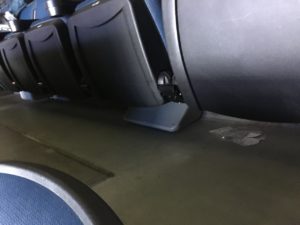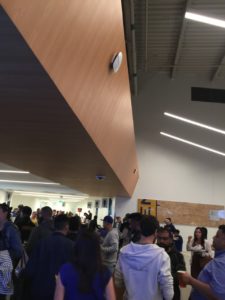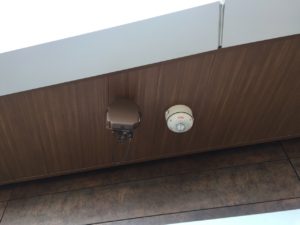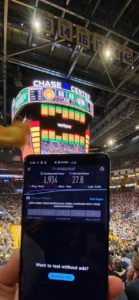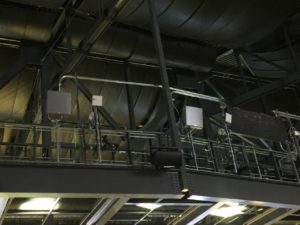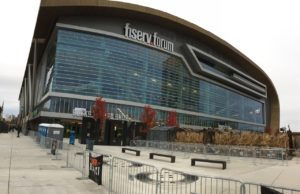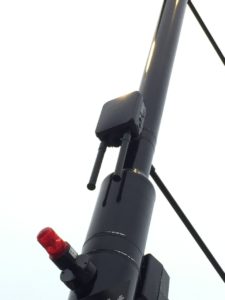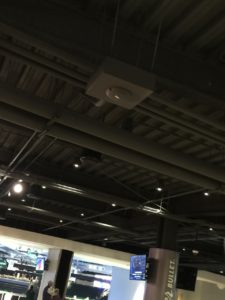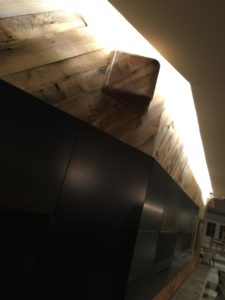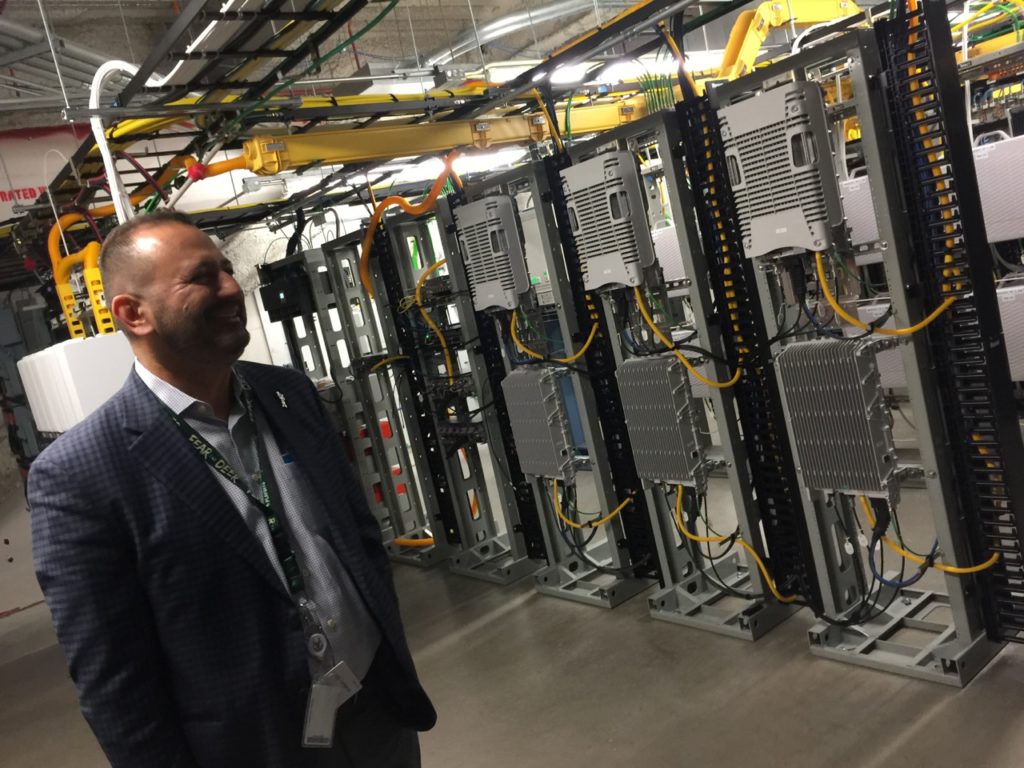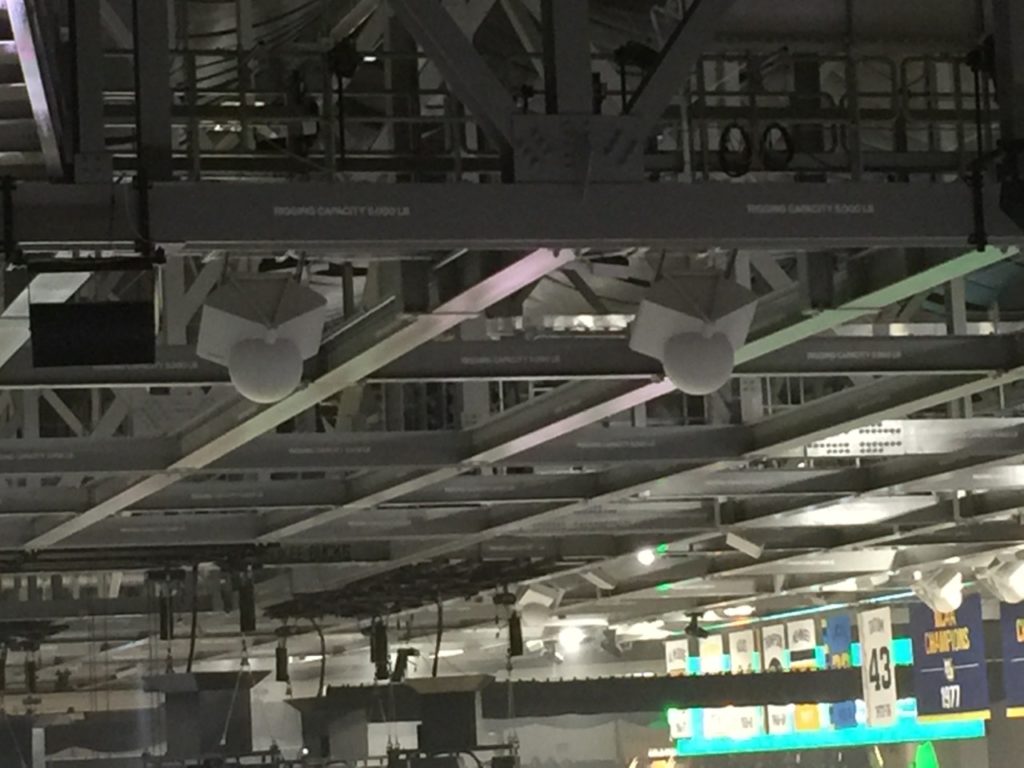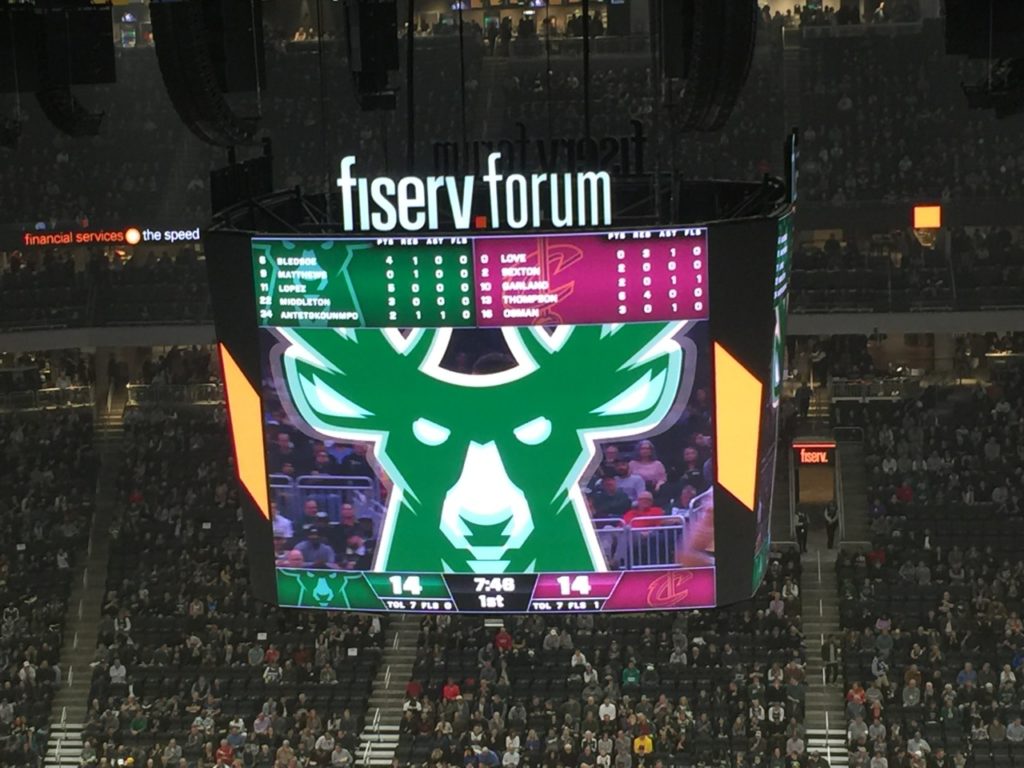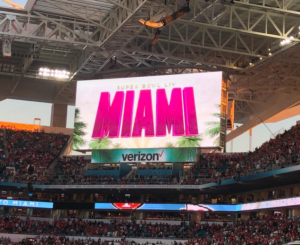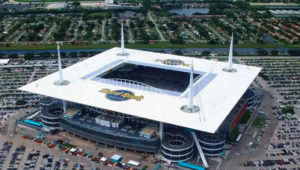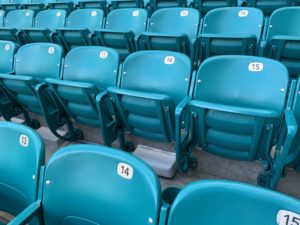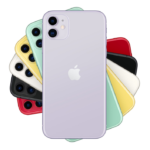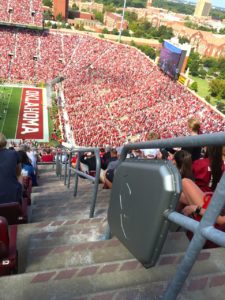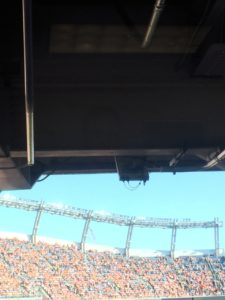We’re excited to continue our renewed series of podcast conversations with this meeting of the minds from Corning, where Jess Koch and Art King join Mobile Sports Report to talk about CBRS, and how the new spectrum might be used to support private networks and other new applications for stadiums and other large public venues.
In our conversation, we start with a brief recap of what CBRS (Citizens Broadcast Radio Service) actually is, and then quickly delve into how the new spectrum might be used in stadium and public-venue situations. As a vendor in the space on multiple levels (including solutions from SpiderCloud, which Corning acquired in 2017), Corning has some good ideas on where the CBRS market might be headed, so please listen in!
For more information from Corning about CBRS and venues, please visit this site. Thanks for listening!
Jessica Koch is the Business Development Director of Sports & Entertainment at Corning Optical Communications. Jessica focuses on expanding the adoption of future-ready infrastructure in Sports, Entertainment and other large public venue environments. After spending 15 years in various telecommunications and technology consulting and sales positions, her passion for connecting people and their devices led her to Corning, where she accelerated next-generation connectivity efforts in the Western U.S. Her current role is a vertically focused, national role in Market Development working with stadiums, arenas, convention centers and large multi-use developments. She also sits on the Advisory Board for The Los Angeles Sports & Entertainment Commission (LASEC), a non-profit organization officially designated by Los Angeles Tourism to attract, secure and support high-profile sports and entertainment events in Los Angeles. Jessica holds a BA in Organizational Leadership from Chapman University. As part of the IBN Technologies team, Mr. King leads the development of enterprise services definitions and business case propositions for customers and partners. Mr. King is Vice Chair of the Services Working Group in the Small Cell Forum. He came to Corning via the SpiderCloud Wireless acquisition and was formerly a lead in IT architecture and operations for Nike Inc. where he held various global roles over 10 years. Prior to Nike, he led the build out of two multinational engineering and consulting organizations for an IP services network vendor in the service provider industry.

